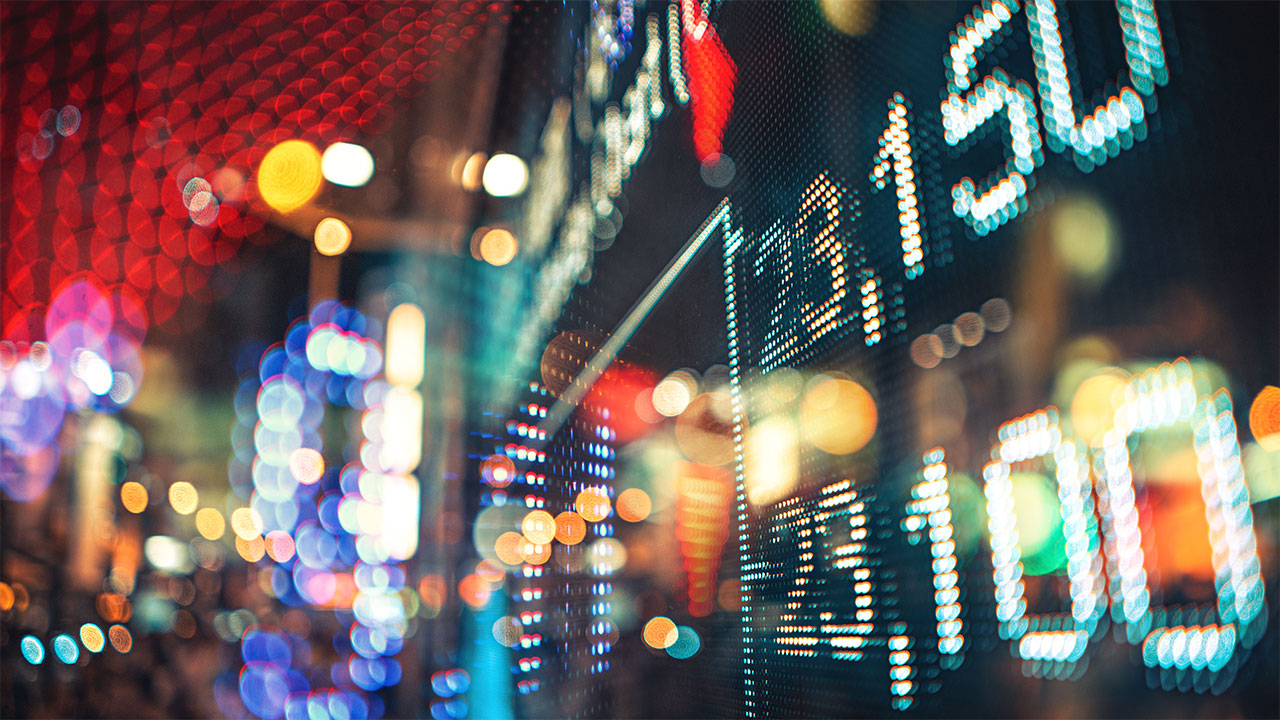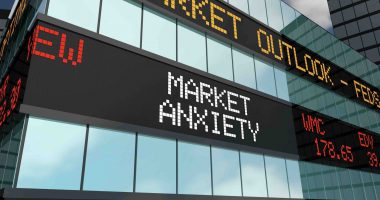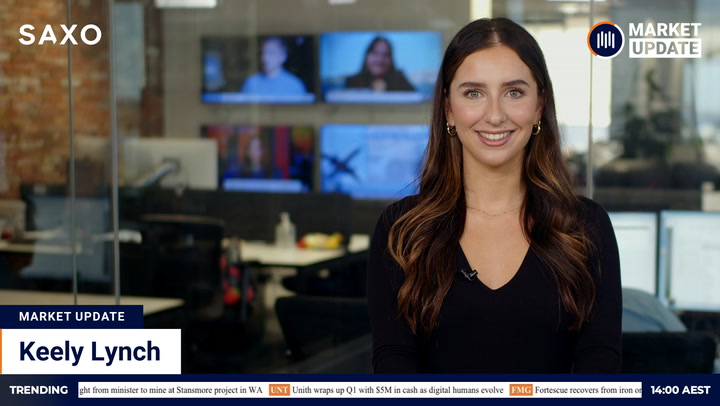Today is an important milestone for our exchange indices. It’s been 20 years since the launch of the S&P/ASX Index Series, a group of innovative new benchmarks that have changed the way investors trade on the ASX.
“We are proud of reaching this two-decade milestone with the ASX. In this uncertain and extremely volatile period in global markets, investors need established and reliable indices and benchmarks to help them monitor market performance, mitigate risks in their portfolios and make informed investment decisions,” said Alex Matturri, CEO of the S&P Dow Jones Indices.
The introduction of indices has been pivotal for Aussie markets. It’s brought in new ways to track performance, introduced sectors, and redefined the ups and downs of the Australian Securities Exchange.
Why are indices important?
For traders across the globe, index trading has provided exposure to a broad range of equity markets.
“Approximately 24 per cent of Australian domestic equity funds under management are invested through index-tracking vehicles,” says index creator, S&P Dow Jones Indices.
“With trillions of dollars in reported annual volumes, the S&P/ASX index series offers a deep ecosystem of liquid, tradable products available to support investors as they enter, and exit, the markets.”
S&P Dow Jones Indices
By trading in indices, investors are able to seed their investment within a wide asset class or tailor their portfolio to a listed sector.
“Benchmark indices, like the S&P/ASX 200, play a pivotal role for investors, listed companies and other participants in the Australian market as guides to liquidity, quality and performance,” said Dominic Stevens, the ASX’s CEO and Managing Director.
A new era: the ASX 200
With the launch of the new series in 2000 came the ASX 200, an all-important capitalisation index that gave investors access to a broad portfolio of companies.
Since the turn of the century, the series’ flagship index has risen to new heights. It’s even overtaken the small ordinaries index as the most widely cited indicator of market performance.
It boasts household names like medical giant CSL, the big four banks, and supermarket stalwarts like Woolies and Coles.
It has also more than tripled its market capitalisation, rising from $584 billion at the turn of the century to hit $1789 billion by 2019.
Since its inception in 2000, the ASX 200 has risen to double its first close price. Back then, the index finished its first-ever trading day on March 31st at 3133.26 points. In 2020, the index reached its highest level yet, hitting 7199.79 points come February.
However, the green days didn’t last long. Following the spike, the index endured a month-long fall as coronavirus fears gripped the equity markets. The drop pulled the index into a bear market; the seventh in 60 years.
Amid the March madness, sectors and stocks across the board took a tumble. Since the February high, the COVID-19 crisis has pulled the index down over 2000 points. As of today, the ASX 200 is sitting at just over 5100 points.
Only time will tell how long the benchmark index will take to rebound to its day in the green.
Rise of the GICS Sectors
The launch of the index series also brought on a new world order; the Global Industry Classification Standard (GICS) sectors.
In 2001, 11 sectors brought the Aussie exchange in line with the rest of the world — making the ASX’s own industry classification redundant by 2002.
GICS sectors are founded on 24 industry groups, 69 Industries and 158 Sub-Industries, representing over 43,000 companies around the world.
This sector structure is particularly important. Many prominent exchanges across the world use the same system, so investors can compare sector performance across markets.
On our homegrown exchange, the finance sector is the real heavyweight, making up 27.7 per cent of the sector pie. Materials, however, follows closely behind, boasting 668 companies and an 18.3 per cent weighting.
Paving the way
The creation of the S&P/ASX indices has also been a catalyst for expansion on the Australian Securities Exchange.
More recently, it’s been a useful tool for innovating investment portfolios as the world changes.
For example, increased scrutiny of a listed company’s environmental, social and governance (ESG) policies seeded the creation of a new index last year. The S&P/ASX 200 ESG index measures the performance of the top 200 securities by sustainability criteria. Earlier this year, a new technology index brought together companies across sectors, demonstrating the rapid growth of Aussie tech.
Despite these uncertain times, it’s good to look back and see just how far our S&P/ASX indices have come since 2000. 20 years have shaken up the trading space and been the catalyst for more activity than ever before. Who knows where the next two decades will take us?








